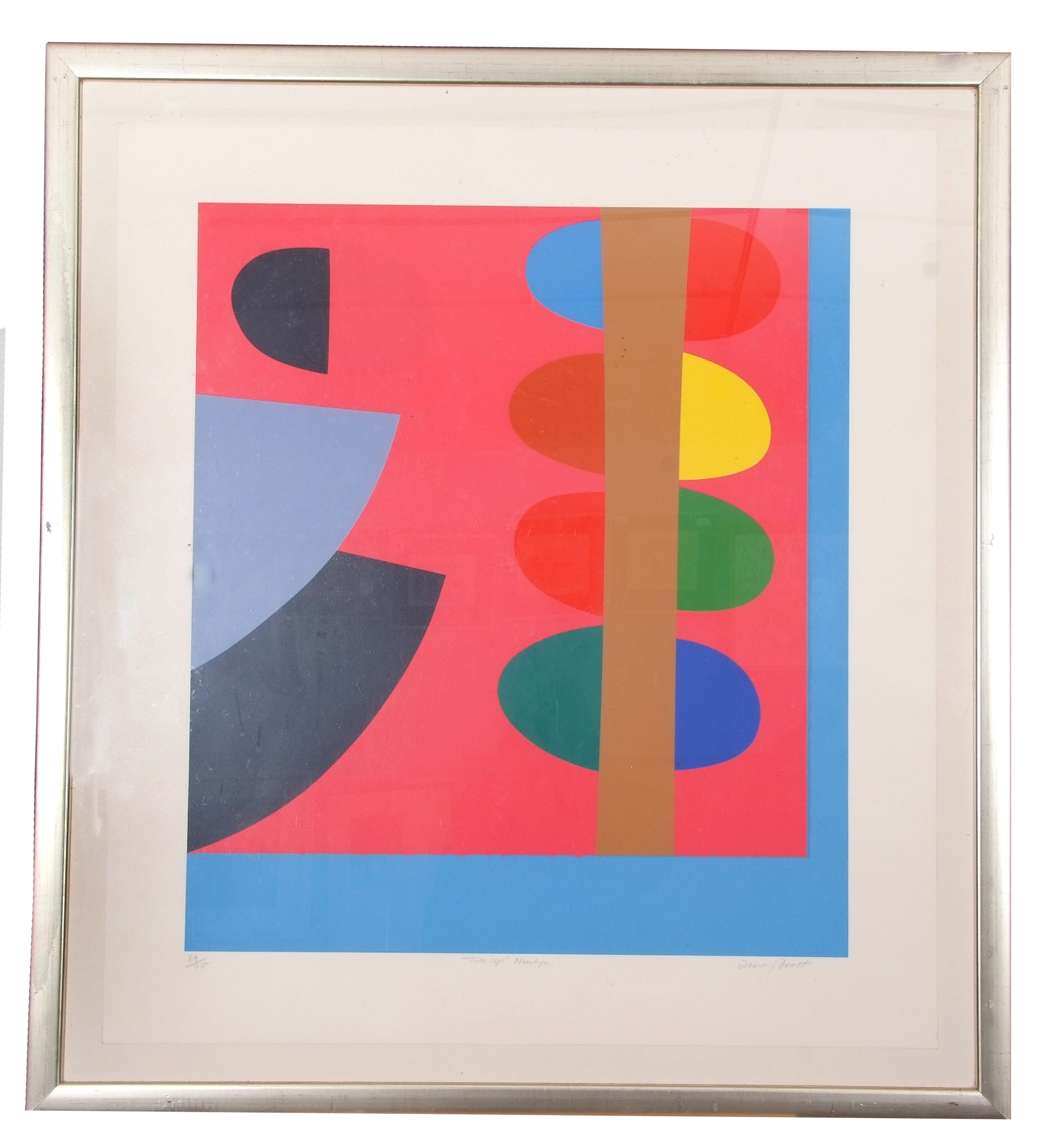

28/03/2025 General News
Traditionally, the fine art stars in the saleroom were either Old Masters or works by the Impressionists, writes Daniel Smith. ‘Modern Art’ was widely considered to be the domain of a small coterie of esoteric London collectors.
But in recent years, that has all changed. In the saleroom we are seeing a new cohort of buyers, often from a younger generation, whose focus is very much on the era between the middle of the 20th century and the present day.
When you think about it, that is a period of 75 years. To put that into context, if you went back the same amount of time from the end of the Second World War, the first Impressionist exhibition wouldn’t yet have taken place. To call art from such a long period ‘Modern Art’ is perhaps a stretch, but nevertheless, there is a clear timeline between what emerged after the War and today’s vibrant contemporary art scene.
Inevitably after such an upheaval, the world which emerged post-war was much changed, and this was reflected in the art which started to be created in that period. It was about processing the trauma, rediscovering a sense of identity in a changed world, and making a break with a past which many wanted to leave behind; everybody wanted the world to be modern.
As a result, the art world saw the emergence of different movements, many of them avant-garde: Art Povera, which infused commonplace materials into creations, Abstract Impressionism (think Jackson Pollock and Mark Rothko) and Pop Art are just three of them.
Pop Art, which emerged at the end of the 1950s and into the 1960s, was built around on turning popular culture into fine art. It was a reaction against the perceived pomp and finery of classical art, focusing on everyday people. Artists such as Andy Warhol, Roy Lichenstein and Jasper Johns all enjoyed their ’15 minutes of fame’.
Pop Art was a reflection of lived reality; what came next was the exact opposite. By the late 1960s, the Minimalism and Conceptual Art movements were underway. The former made widespread use of geometric shapes, whilst the latter was more about the idea and the story. Both reflected another period of upheaval, this time not inspired by war, but by significant social change driven by the first generation to have experienced a long period of peace and relative prosperity.
And then we move into the period from the 1970s onwards, which we might define as Contemporary Art. It could be argued that it is disingenuous to group together so many different styles and ideas under one heading. The ideas which preceded this period continued to have a big influence (especially pop Art and Conceptual Art), while new ideas such as Postmodernism and Neo-Expressionism – characterised by dramatic imagery portrayed in bold colours and energetic brushstrokes – all came into play.
The late 1990s and 2000s saw the emergence of the Young British Artists (YBAs) such as Damien Hirst and Tracey Emin, known for pushing the boundaries and aiming to provoke and shock audiences with their imagery.
Today we see the emergence of Digital Art, combining photographic imagery and computer-generated visuals (and indeed audio), with the computer screen increasingly taking the place of the canvas – it has been described as a ‘computer-generated Renaissance’. Whether that turns out to be hyperbole remains to be seen.
So important has Modern Art become in the saleroom that most auction houses now hold specialist Modern Art Sales. Keys was one of the first to start doing this in 2013, recognising that there was a whole group of new, younger buyers who were more interested in post-war art than Old Masters. Given the rich diversity of art produced in the past 75 years, we shouldn’t be surprised that the Modern Art Sale is now a firmly established fixture in our sales calendar.
Keys’ next Modern Art and Design Sale takes place on Friday 2nd May. Consignments are still being accepted for this Sale; if you would like a free no-obligation assessment of a picture or artwork, contact Daniel on daniel.smith@keysauctions.co.uk.